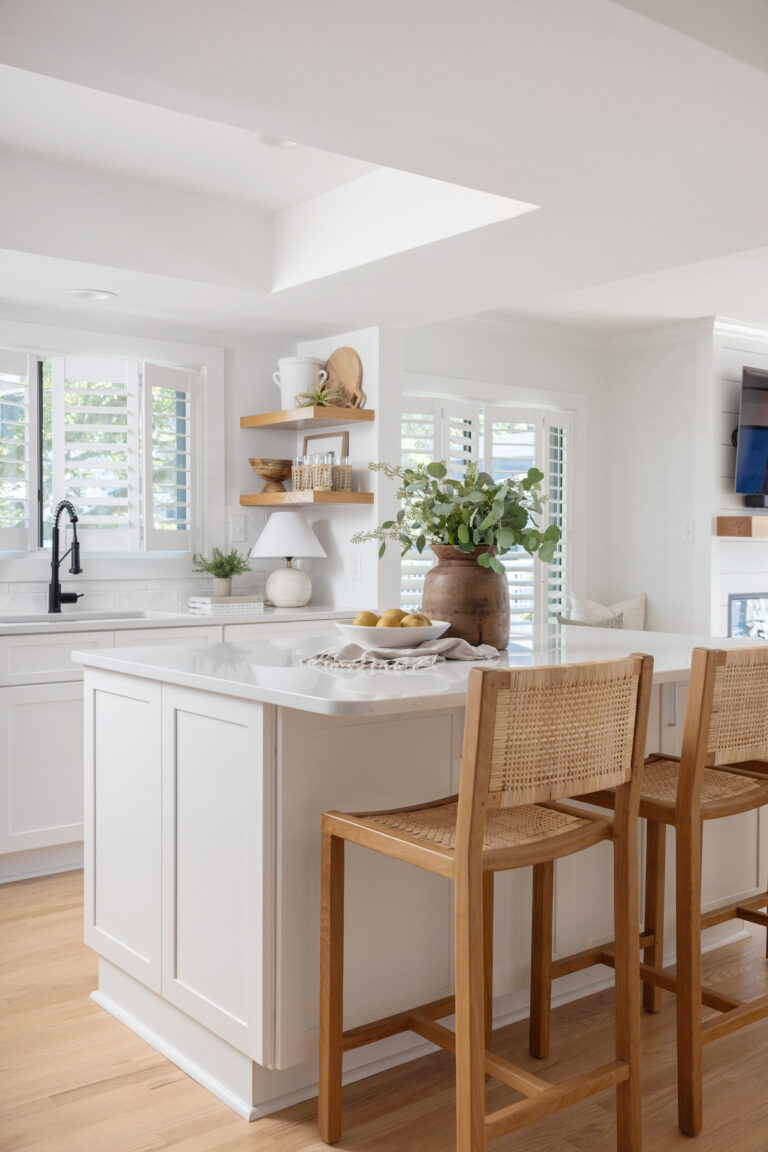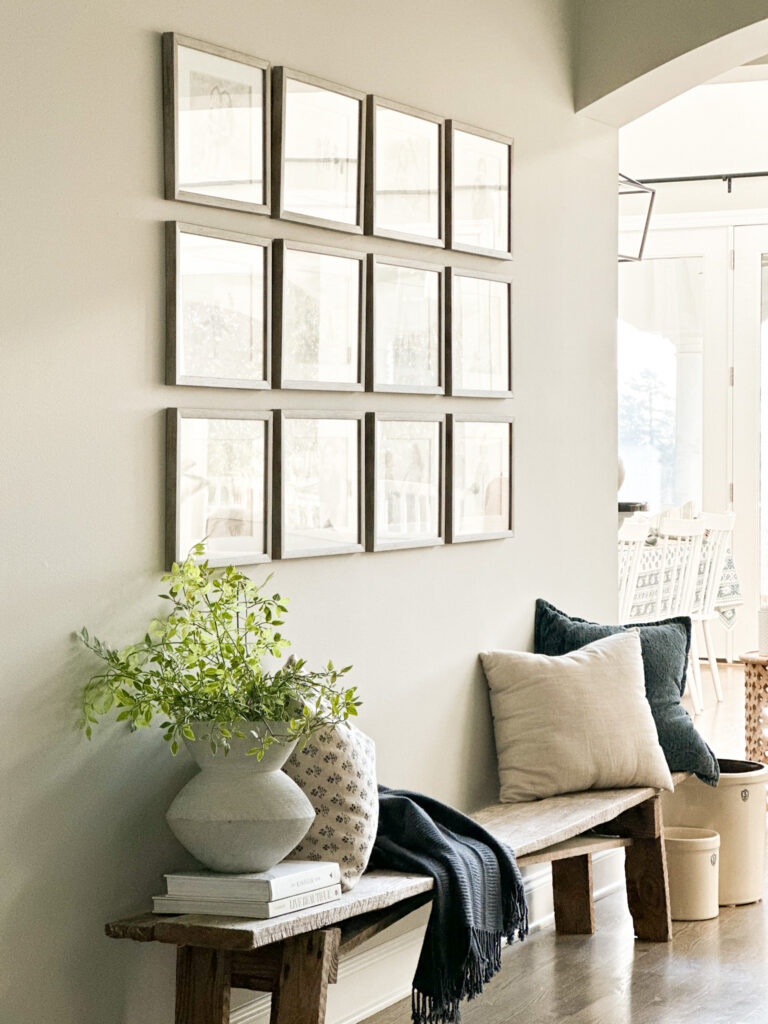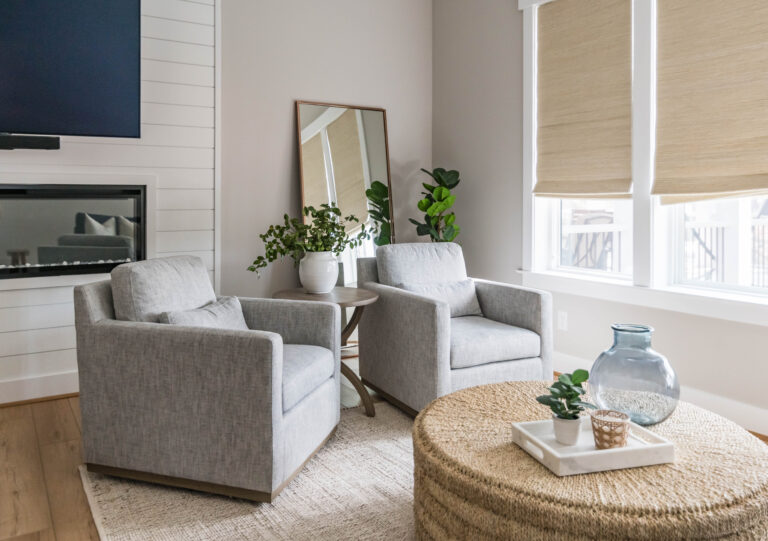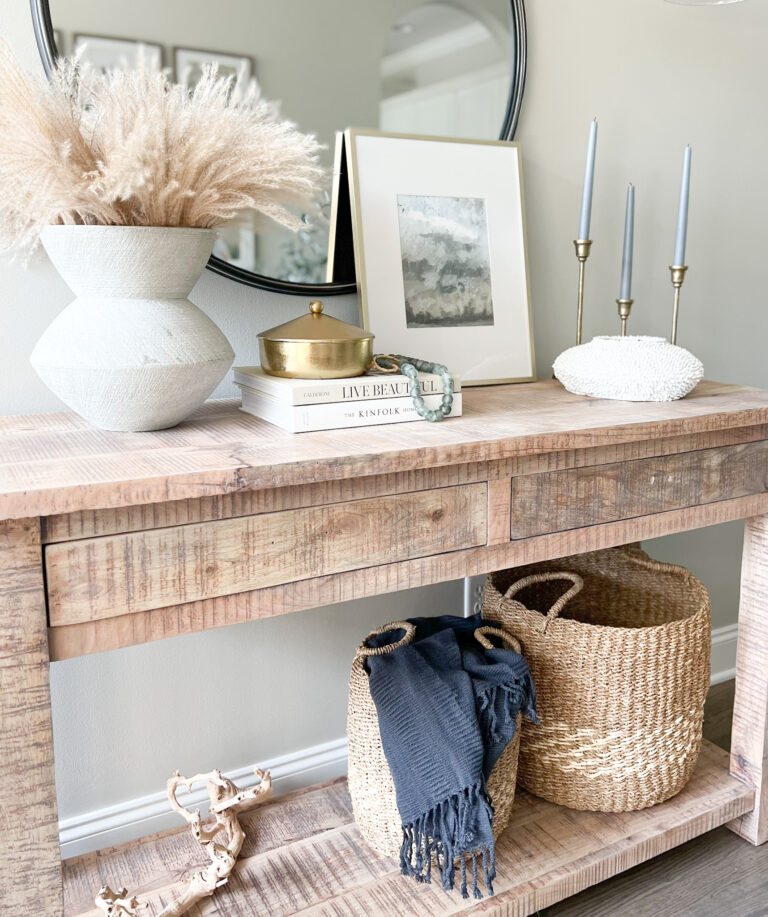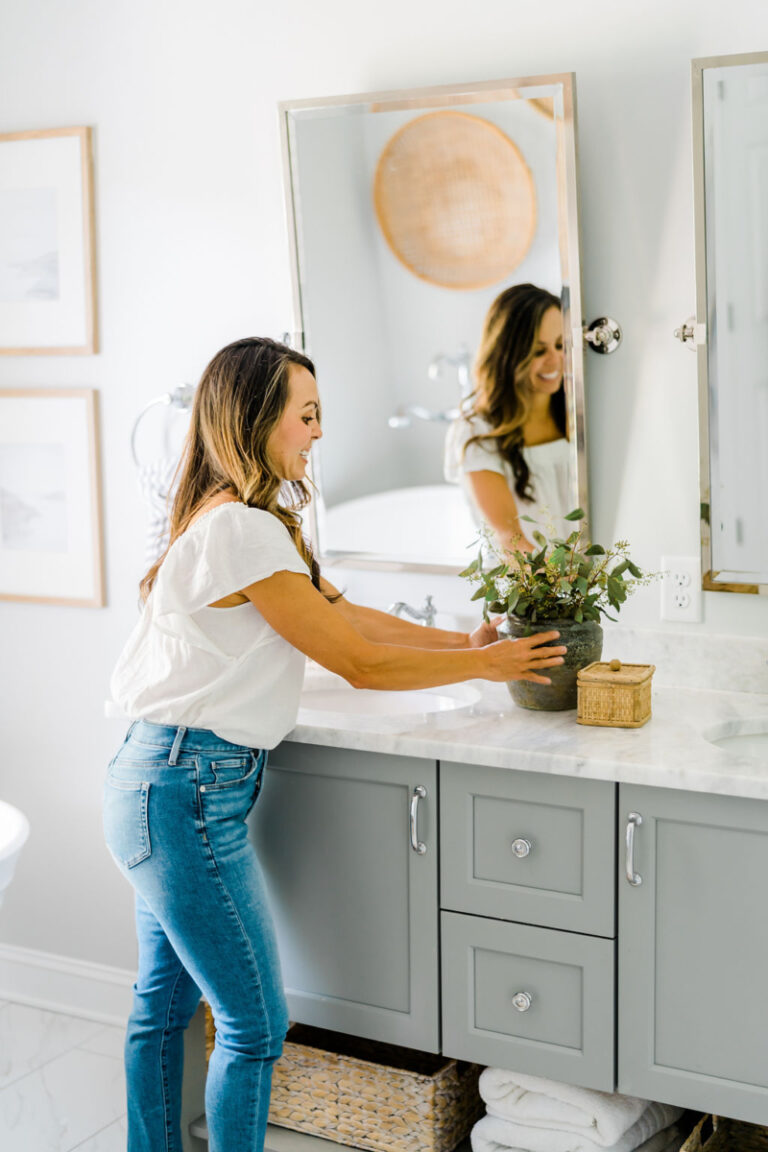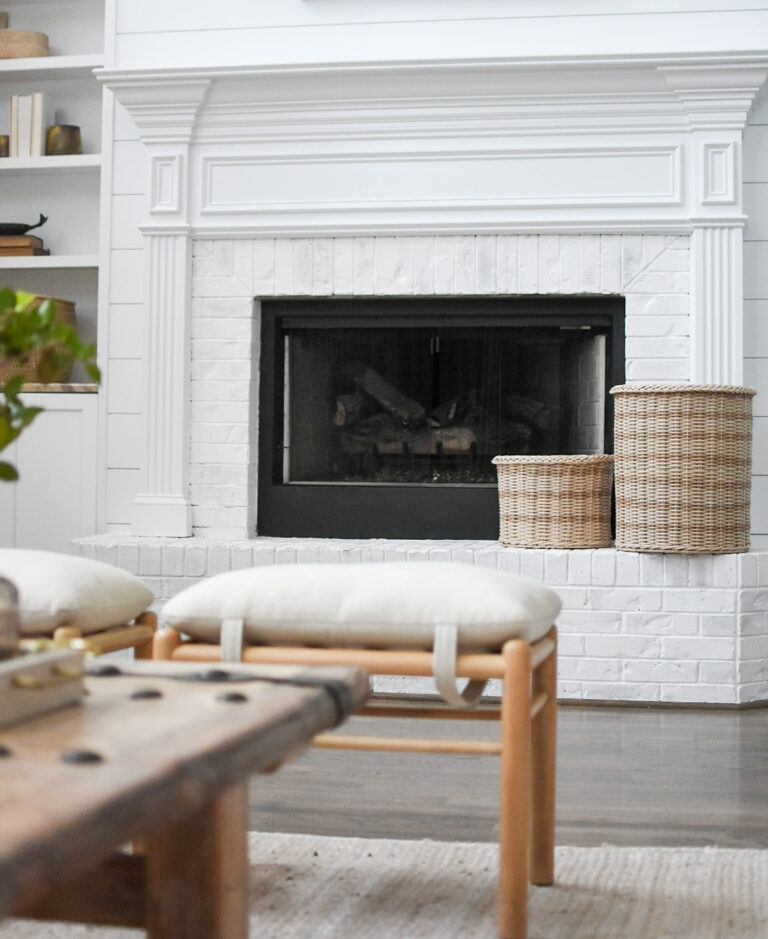How to Decorate a Room with a Vaulted Ceiling
Updated: April 14, 2023
Do you love the look of vaulted ceilings? If you want a home with vaulted ceilings, there are some considerations on how to make it work with the overall functionality and look of your home. Vaulted ceilings are a common modern design element in homes, but it can be challenging to “fill” a room with so much vertical space. Without the right elements, you can have a room that feels more cold than cozy. By considering a few tips and tricks, a room with vaulted ceilings can have a grand AND cozy appeal.
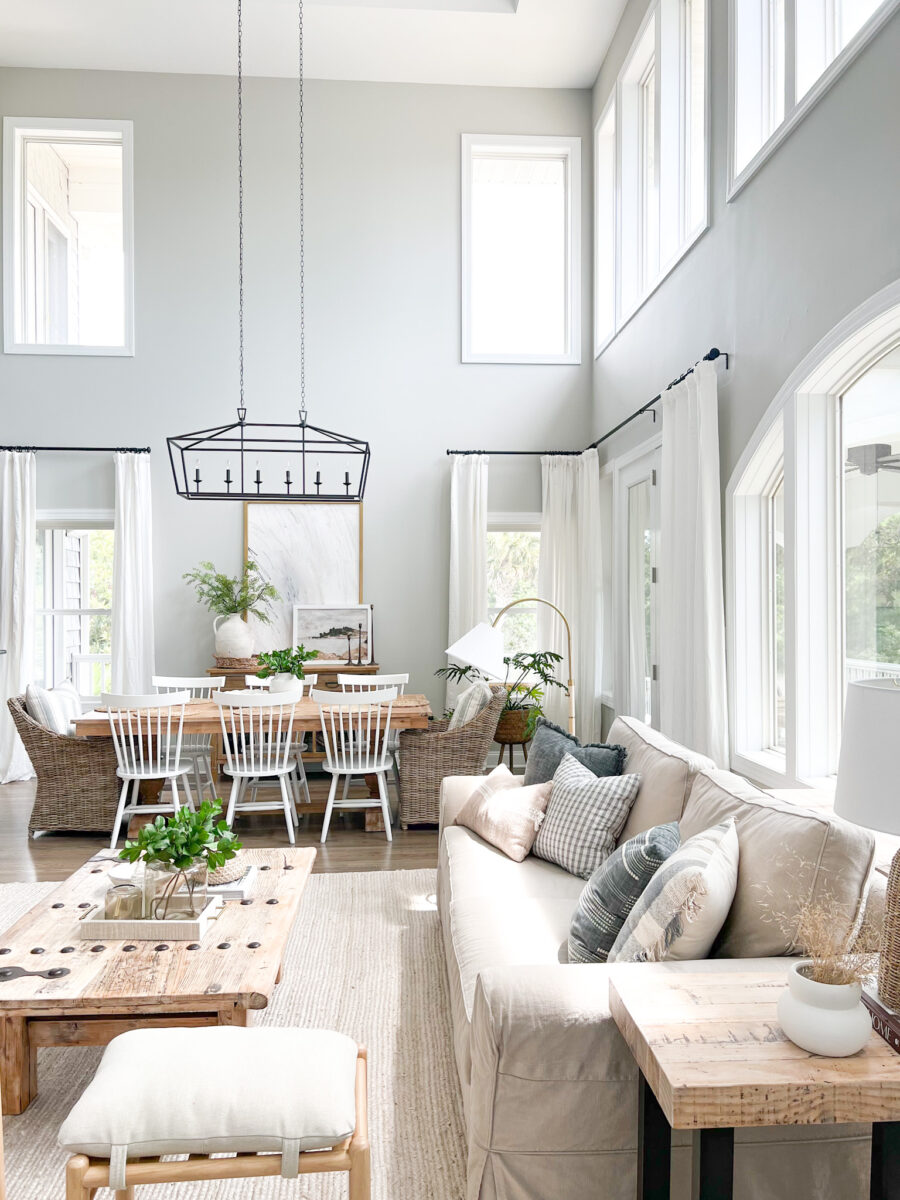
Why Would You Want to Add Vaulted Ceilings to Your Home?
Vaulted ceilings are a dramatic design feature that have become a popular element in homes. The open feeling can give a home a sense of grandeur and a more elegant appearance that can transform a living space that is otherwise ordinary.
Pros of a Vaulted Ceiling
A taller ceiling height can create an airy feel to a home and make the space feel bigger overall. The open space can be a great way to bring more light into your home. Higher ceilings typically come with more windows and therefore, bring in lots of natural light. Windows high in a room can showcase views and bring in glimpses of trees and greenery. Being able to bring in the outdoors can make a room feel warmer with more visual interest.
Vaulted ceilings are a great way to add real estate value to a home by giving the illusion of more space. The feature dates back many years and is known for the grand feeling it can give a space.
Cons of a Vaulted Ceiling
If you are building a new home, more construction materials could be necessary for rooms with vaulted ceilings, and therefore, your constructions costs could be more. The average cost of your heating bill will typically be higher, as your HVAC will have to work harder to fill the extra height in the room. You also may face higher costs when choosing lighting or ceiling fans, because typically they need additional wiring in rooms with vaulted ceilings.
Another potential downfall of taller ceiling rooms is the vertical space can be tricky to decorate and since these rooms are larger, they can experience additional noise.
All that said, generally, the pros outweigh the cons. Typically, the increased value of the home is worth enough to most homeowners. There is an appeal to this look that makes homeowners view this feature as positive.
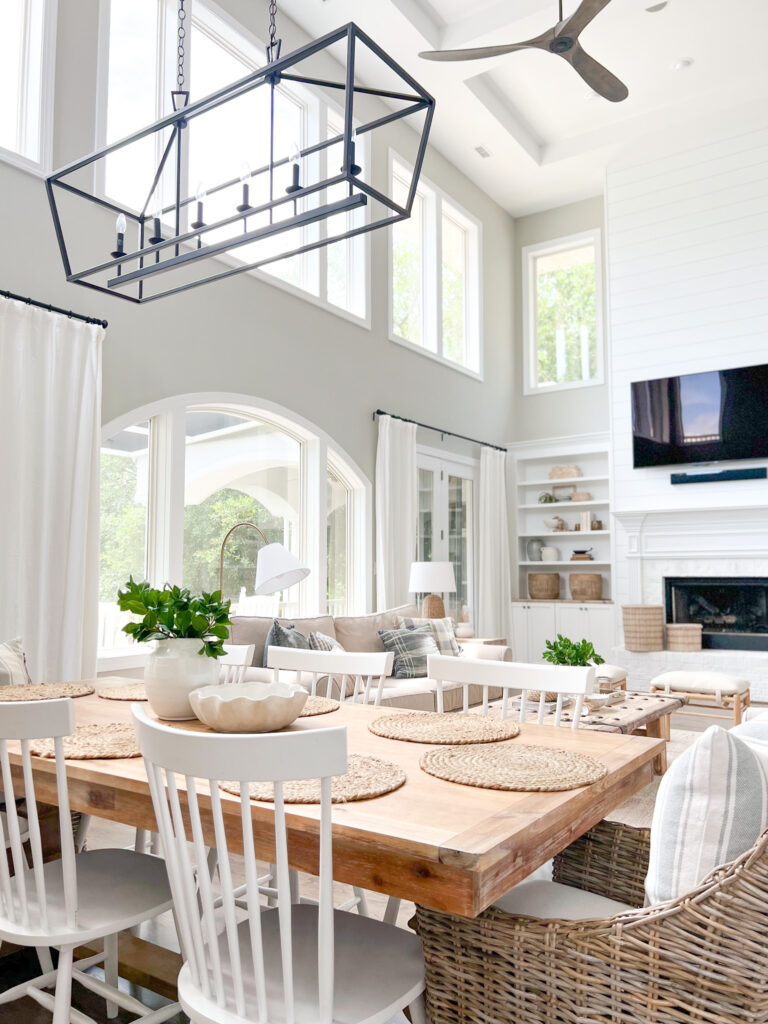
The Difference Between Cathedral Ceilings vs. Vaulted Ceilings
Cathedral Ceilings
Cathedral ceilings are typically not arched but instead, follow the pitch of the roof. Therefore, these types of ceilings have two equal sloping sides that meet at a high point in the middle symmetrically. These look beautiful with shiplap or extra molding and can really provide a focal point to a room.
Vaulted Ceilings
The main difference of vaulted ceilings versus cathedral ceilings is that they do not follow the roof pitch. These could be arched or flat and have a symmetrical design or asymmetrical. The open space created with vaulted ceilings presents many options for extra windows, grand fireplaces and added decor.
Either type of ceiling can add so much to the interior design of a home. Depending on the space you want to utilize higher ceilings, either option may work for you, and you can check with an architect or structural engineer to see what is possible in your home.
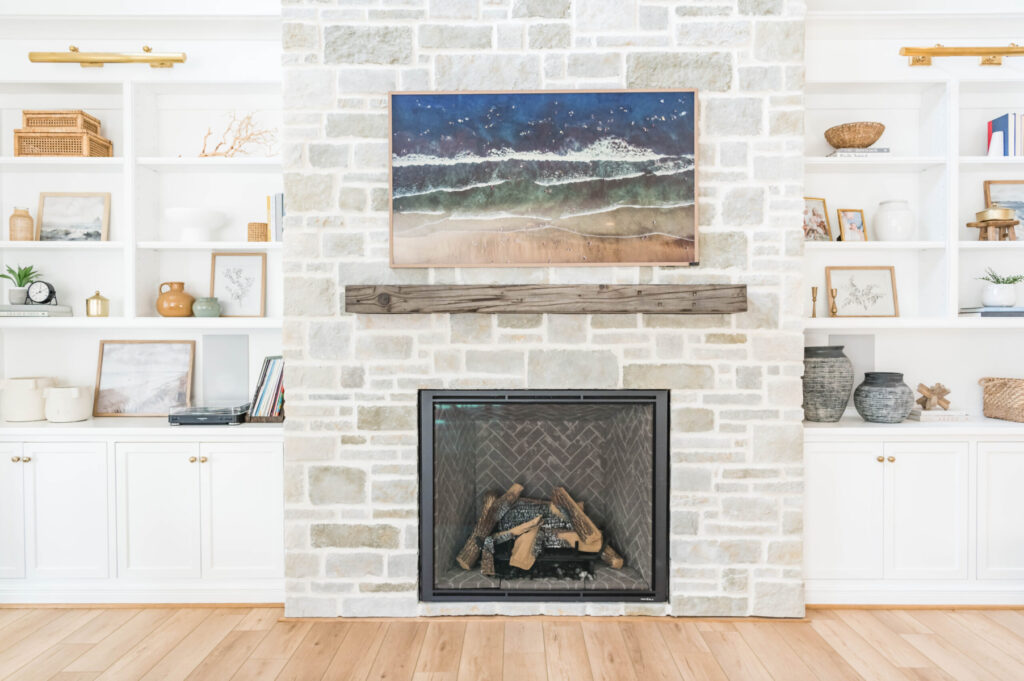
Decorating Strategies to Make High Ceiling Rooms Feel Cozy
There are a few decorating strategies to keep in mind when filling a room with vaulting ceilings. Here are my best tips and tricks.
Hang lighting and ceiling fans on a chain or downrod to bring them closer to the furniture. This will fill the vertical gap in a subtle way. Having an overhead light closer to the sitting areas like dining tables and sofas helps to make the ceiling feel closer without actually having it be at a lower height. It’s a great trick to fool the eye and pull off a more cozy look in a room with a vaulted ceiling.
Next, add drapes to give softness to the walls. Full-length drapery on the highest windows works well in rooms with higher ceilings. This can be an expensive tactic to implement, where you most likely will need custom drapery. If you are adding drapes on the lower windows of a room with high ceilings, it is best to make sure that your rods are at least a foot above the window.
Consider adding architectural details. A few examples of this would be picture frame molding, exposed beams, shiplap, or built-in shelving with substantial height. This is another way to “fill” that space in a natural way. During a remodel of our home, we opted to raise the height of our built-in shelving to create better balance in the overall scale of the room.
When choosing decorative features like lamps or wall decor, choose pieces with substantial scale. Larger art and mirrors work well to fill vertical space. Mirrors can act in a myriad of ways to open and brighten a room. For lamps, choose a height of 26″ or higher to create scale on side tables. Even larger vases with tall stems on a console table help to “fill” the extra space created by the added ceiling height.
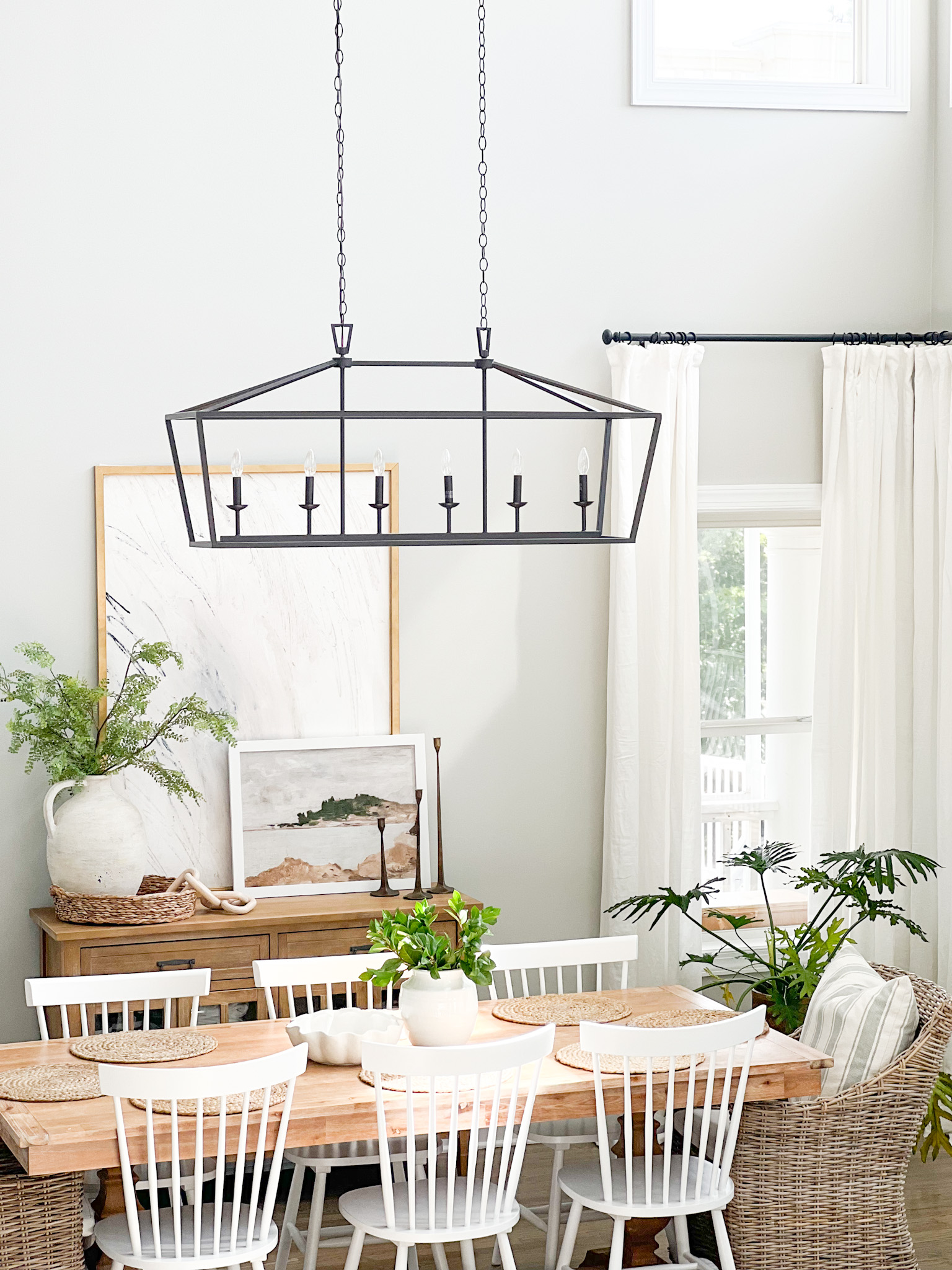
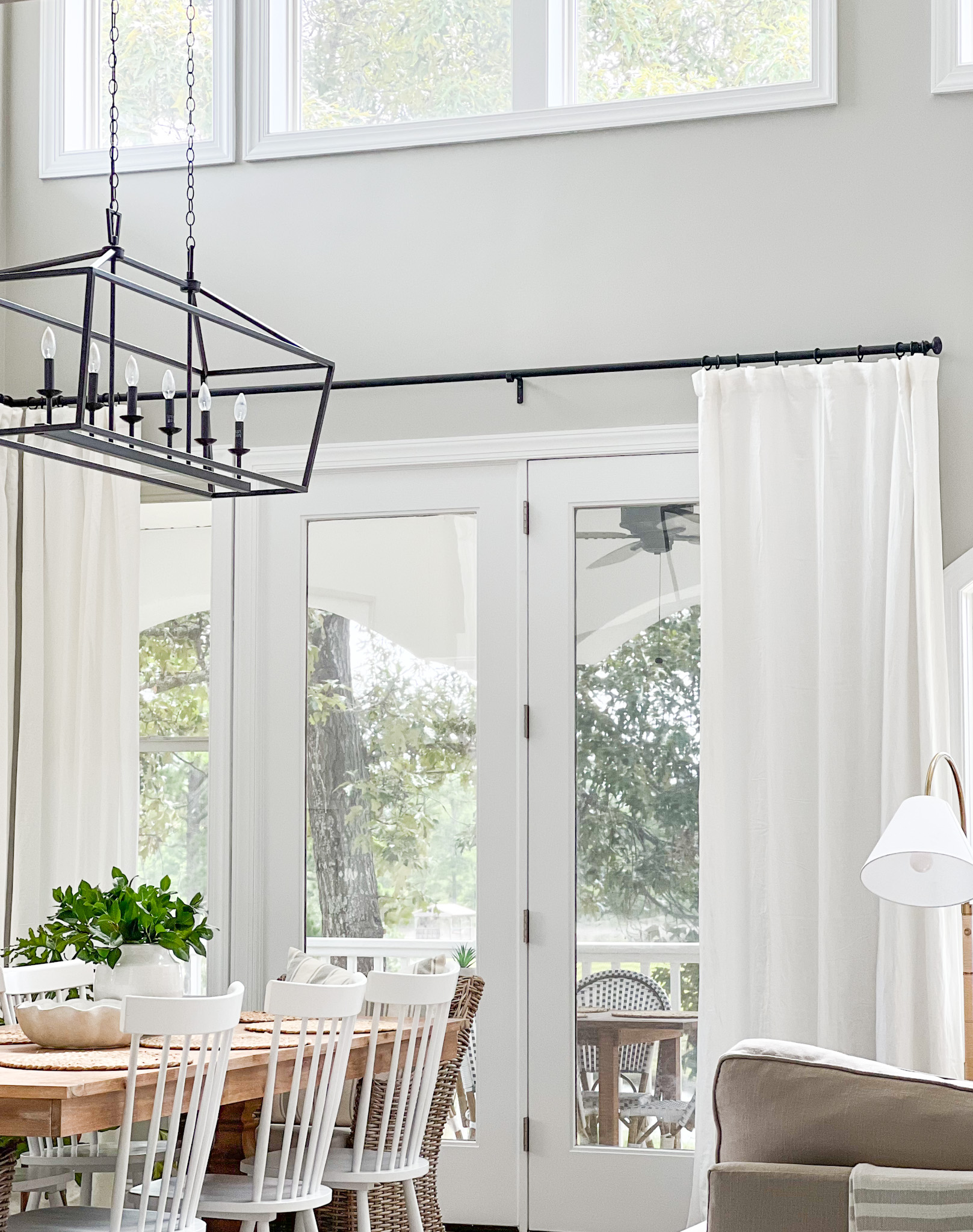
What Areas of the Home Work Well with Vaulted Ceilings?
There are many areas of the home that would work well with vaulted ceilings. Putting a vaulted ceiling in the great room, living room, dining room, or master bedroom can bring an influx of natural light. It’s also be a great opportunity to add character such as exposed wood beams or crown molding for a touch of elegance. Overall, any area can work with a vaulted ceiling, especially if you want to create a grand appearance.
Don’t Be Afraid of Vaulted Ceilings
It can feel overwhelming to start the decor process in a new home or current room with vaulted ceilings. However, implementing these few strategies can help you execute a grand and elegant space. You don’t have to implement every single strategy to be successful – doing at least 2 of the above will give much better results than none at all.
Remember, always incorporate your own style and have fun with it. And should you ever need assistance, we would love to help with our design services.

